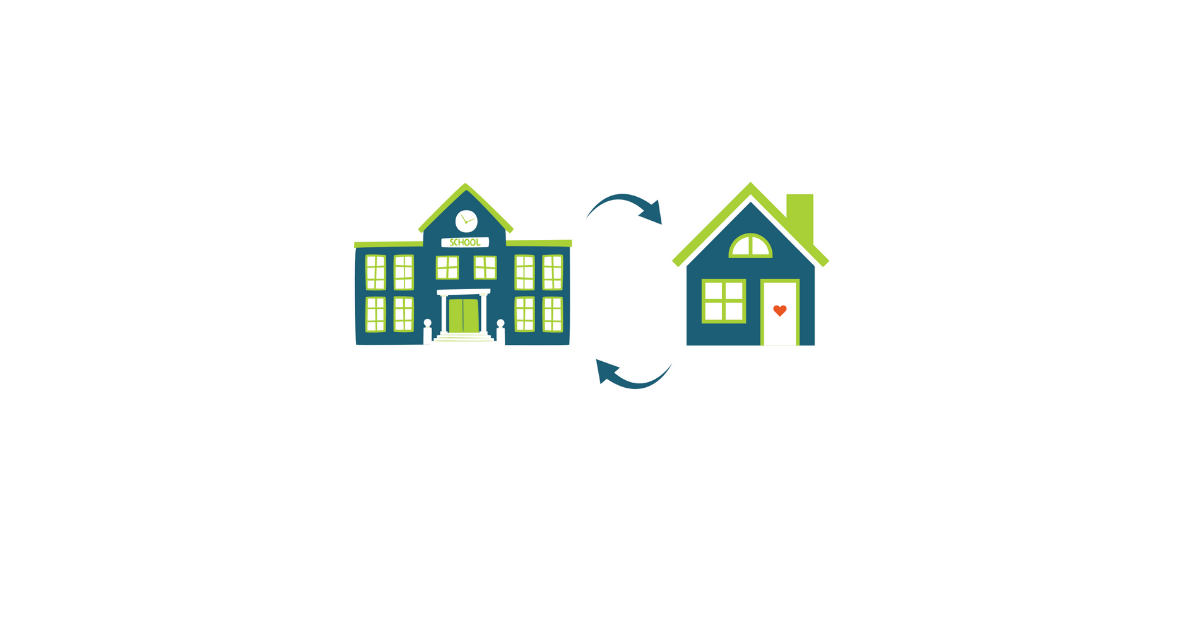As students move through a lesson, some acquire information and skills more quickly than others. Some students will need additional support, scaffolds, feedback, or reteaching to understand key concepts and apply specific strategies, processes, or skills. We must collect formative assessment data in each lesson to understand our students’ progress and respond to their needs.
Formative assessment is a process of gathering information about students’ understanding and their progress toward firm standards-aligned learning goals. Formative assessment helps teachers gauge how effective their instruction has been at helping students learn concepts and apply skills. The goals of formative assessment include:
- Build regular informal assessments into each lesson to collect data.
- Understand whether instruction needs to be modified or differentiated to meet specific students’ needs.
- Check for understanding.
- Identify misconceptions or gaps.
Unlike summative assessment, which typically occurs at the end of a learning cycle to evaluate students’ overall progress toward the unit’s desired results, formative assessment is ongoing and designed to inform instruction, indicate areas where additional differentiation is needed, and guide learning.
Formative assessment should also serve as a tool for students to develop a heightened awareness of their strengths, limitations, and growth. When teachers share formative assessment data with students, it becomes a powerful tool for goal setting, progress monitoring, and reflection. In our book, The Shift to Student-led, Dr. Novak and I dedicate a chapter to reimagining formative assessment as simply a teacher tool and share a collection of strategies designed to transform formative assessment into a metacognitive tool for learners!
Formative Assessment Strategies
There are different categories of formative assessment, including observational assessments, checks for understanding, and formative feedback. Let’s explore examples in each category of formative assessment.
Observational Assessments
The teacher’s observations of student behaviors, interactions, and work provide valuable qualitative data (or information that is descriptive and non-numeric) that complements quantitative assessments, like quizzes that produce numerical data. Techniques such as anecdotal records, checklists, and rating scales allow educators to gain insights into students’ progress, engagement, and learning strategies.
1. Observations with a Checklist: Simply observing our students at work can provide valuable insights into their behaviors, interactions, and level of understanding during classroom activities. This approach is particularly beneficial for capturing qualitative data that complements quantitative assessments and helps us make informed instructional decisions.
Teachers can use observations with a checklist when students are:
- Engaged in group activities or discussions to monitor individual participation and contributions.
- Working independently or in pairs to assess their engagement, problem-solving strategies, and use of resources.
- Completing hands-on tasks or projects to evaluate their skills, collaboration, and attention to task requirements.
Teachers might include the following items on a checklist:
- Participation: Is the student actively engaged in the activity/discussion?
- Contribution: Does the student contribute relevant ideas, questions, or solutions?
- Collaboration: How effectively does the student work with peers, share responsibilities, and communicate?
- Problem-solving: Can students apply critical thinking and problem-solving strategies to overcome challenges?
- Use of Resources: Is the student effectively utilizing available resources (e.g., materials, technology, references)?
- Task Completion: To what extent does the student complete tasks accurately and within the given timeframe?
- Understanding: Does the student clearly understand concepts, instructions, and learning objectives?
2. Observation Paired with a Simple Rubric: Assessing students’ performance or behavior using a simple standards-aligned, mastery-based rubric during classroom activities provides a clear strategy for teachers to provide students with transparent and clear feedback on their areas of strength and those needing improvement.
For example, suppose small groups of students are discussing a text they’ve read, a video they watched, or a podcast they listened to. In that case, the teacher can move around the room observing students and circling language on the rubric to informally assess their participation in the discussion or their understanding of the content. At the end of the discussion, the teacher can distribute the rubrics and ask students to review their assessment and reflect on what they learned.

Check for Understanding
This category is essential for assessing students’ comprehension, identifying misconceptions, and measuring progress toward learning objectives. Quick checks like quizzes, exit tickets, and questioning techniques provide valuable insights into students’ understanding.
1. Tell Me How: Instead of relying solely on written explanations to assess what students know or can do, video requires that students communicate verbally. For some students, this is easier; however, it may be more challenging for others. It’s important to mix it up so that students who struggle to communicate their ideas verbally have opportunities to practice when the stakes are low. Conversely, it gives students who excel at verbally articulating their thoughts the chance to surface their learning that way.
Ask students to record a video:
- Explaining how they solved a problem
- Describing the strategies they used to complete a task
- Summarizing the main ideas from a chapter in a textbook
- Making predictions about what they expect to happen in a lab or a novel
- Identifying a new vocabulary word and explaining it to their peers
- Reflecting on what they understand as well as what is confusing about a topic, text, or task
2. Create An Analogy: Ask students to make a comparison or create an analogy. An analogy or comparison challenges students to think about the quality or characteristic of a concept, phenomenon, object, etc. to explain how it is similar to something else.
3. Error Analysis: Generate a series of problems or a work sample containing errors. Ask students to find the mistakes, correct them, and explain (in writing or verbally in a video recording) how they knew the errors were present and how they went about fixing them.
4. 3-2-1 Activity: Ask students to complete the following prompts. What are three things they learned?
What two questions do they have? What is one thing they would like more help with or are confused about?
Formative Feedback
Providing timely, specific, and actionable feedback is critical for guiding students’ learning and helping them improve. Formative feedback helps students understand their strengths, areas for improvement, and how to progress toward learning goals effectively.
1. Real-time Feedback in a Teacher-led Station: Teachers using the station rotation model should dedicate their teacher-led station to real-time feedback sessions whenever students are working on a process (e.g., formal writing assignment, performance task, project). That way, they can pull the feedback loop into the classroom, making it focused, timely, and actionable.
2. Structured Peer Feedback: Incorporate peer feedback activities where students review and provide feedback on each other’s work. Use structured protocols or rubrics to guide the peer feedback process and ensure constructive and meaningful feedback.

3. Feedback Conferences: Schedule one-on-one or small group conferences with students to discuss their progress, review their work, and provide personalized feedback. Use this time to address specific questions, clarify concepts, and set goals for improvement. Teachers using the playlist model can build “teacher check-ins” into their playlists to ensure students pause their progress and meet with the teachers to receive feedback on their work.
4. AI Feedback Paired with Reflection: Teaching students to use an AI chatbot, like Co-pilot or ChatGPT, to receive feedback on their work provides them with a 24/7 feedback source. However, for this strategy to yield valuable formative assessment data for the teacher and students, teachers need to work with students to develop prompts they can use to elicit quality feedback from an AI tool.
- Given the prompt [insert prompt], does my response address the question entirely?
- Does this sound cohesive, or are there areas where I need to add transitions?
- Are there any technical or mechanical errors that need to be corrected?
- Do any of my points need additional evidence or explanation to support my claim?
- Is my opening statement compelling?
- Are there any words that are repeated or that might be replaced with more powerful or compelling vocabulary?
Teachers should pair AI feedback sessions with a reflection tool to help students capture what they learned from AI and reflect on what that feedback tells them about their areas of strength and areas in need of improvement or development.
Virtual Coaching Video
In the virtual coaching video below, I highlight the value of using formative assessment data to track students’ progress and respond to students’ needs.
Wrap Up
Harnessing the power of formative assessment is about more than just gathering data. It’s about fostering a dynamic, student-centered approach to learning that provides teachers and students with the data needed to understand their progress, needs, and growth. Integrating formative assessment strategies seamlessly into your teaching practices allows teachers to monitor progress and facilitate more personalized learning experiences that foster continuous improvement.
Formative assessment serves as a cornerstone for creating a responsive, inclusive, and engaging classroom environment. It provides educators with invaluable insights into students’ understanding, learning trajectories, and areas for growth. This real-time feedback loop allows teachers to tailor instruction, offer targeted support, and guide students toward meaningful progress.
Join my email list and get all the resources mentioned in my blogs!
The folks on my email list get everything mentioned in my blog as well as other weekly email exclusives! I love designing resources to save teachers time and help them be more effective, but I don’t have the space to feature them all in my blogs. Join my email list, and you’ll receive copies of the formative assessment rubric, peer feedback choice board, AI feedback and reflect form, and more!
The post Formative Assessment is Key to Being Responsive appeared first on Dr. Catlin Tucker.




